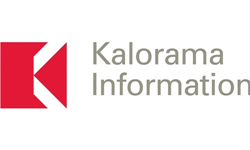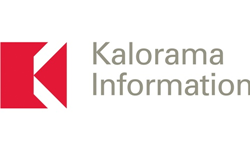
COVID-19 has changed things as more consumers become confident with doing at-home tests. COVID-19 has demonstrated how IVD tests can be safely and easily made available to consumers.
ARLINGTON, Va. (PRWEB)
April 19, 2022
The global at-home in vitro diagnostics (IVD) market had sales of $20.5 billion in 2021, up more than 35% from the previous year, largely due to increased testing in the infectious disease segment. Glucose testing and COVID-19 testing accounted for the majority of sales, according to leading medical market researcher Kalorama Information in the new report At-Home Diagnostic Testing Markets and Trends (COVID-19, FOB, Glucose, HIV and Other Tests).
Although the at-home IVD testing market is not new, it had primarily been limited to glucose and pregnancy testing. COVID-19 testing has opened the door for at-home infectious disease testing and more. Due to the COVID-19 factor, among others, growth in the at-home IVD testing market will likely continue in the short term and the market has a very good foundation for continuing to grow in the future.
“COVID-19 has changed things as more consumers become confident with doing at-home tests. COVID-19 has demonstrated how IVD tests can be safely and easily made available to consumers,” says Bruce Carlson, publisher for Kalorama Information. “Besides the pandemic, glucose testing has been the mainstay of at-home testing followed by pregnancy testing both showing exemplary track records.”
Despite the industry growth, other types of at-home tests have been slow to be utilized. One of the biggest barriers for the acceptance of some at-home tests has been people’s reluctance to stick themselves to provide a blood sample. However, with advancements in sample testing, other methods have provided acceptable alternatives.
“Advancements in technology have provided new methods of testing such as nasal and buccal swabs and increased accuracy of immunoassays and molecular tests. Some of the barriers to the market have been addressed but there is still more to be done,” says Carlson.
Ultimately, consumers are taking a greater role in their own healthcare with testing being a big part of that. It is Kalorama Information’s assertion that telemedicine and internet connection have also played a role in consumer empowerment making it easier to reach the provider to discuss the at-home test results.
For more information, or to purchase a copy of At-Home Diagnostic Testing Markets and Trends (COVID-19, FOB, Glucose, HIV and Other Tests), visit Kalorama Information’s sales page at: https://kaloramainformation.com/product/at-home-diagnostic-testing-markets-and-trends-covid-19-fob-glucose-hiv-and-other-tests/.
About Kalorama Information:
Kalorama Information is the leading publisher of market research in healthcare areas, including in vitro diagnostics (IVD), biotechnology, medical devices, and pharmaceuticals. Science and Medicine Group supports companies seeking to commercialize the rapidly changing marketplace at the intersection of science, medicine, and technology. Comprised of industry-leading brands, Science and Medicine Group serves analytical instrument, life science, imaging, and clinical diagnostic companies by helping them create strategies and products to win markets and provide platforms to digitally engage their markets through a variety of innovative solutions. Kalorama Information produces 30 reports a year. The firm offers a Knowledge Center, which provides access to all published reports.
Share article on social media or email:

